Will Trump roll back clean-energy spending? – Richard Mills
2024.11.09
Since Donald Trump was elected in a landslide on Tuesday, questions are being asked on how his economic promises will play out.
One of the most important is whether Trump will try to undo or slow down much of the clean-energy agenda enacted by the Joe Biden administration over the last four years.
Trump has repeatedly said he wants to repeal parts of the Inflation Reduction Act, especially those parts favoring EVs.
The Inflation Reduction Act passed in 2022 provides large subsidies and incentives for clean-energy technologies including solar and wind power, electric vehicles and battery plants.
Infrastructure Investment and Jobs Act
In November 2021, the Biden administration passed the Infrastructure Investment and Jobs Act (IIJA), allocating $1.2 trillion for roads, bridges, power & water systems, transit, rail, electric vehicles, and upgrades to broadband, airports, ports and waterways, among other items.
The IIJA is the largest expenditure on US infrastructure since the Federal Highways Act of 1956. Rolled out over 10 years, it includes $550B in new spending.
The IRA
Biden’s other signature piece of infrastructure legislation is the Inflation Reduction Act, passed by Congress in August 2022. It includes more than $150 billion in infrastructure financing, with the bulk of the funding directed towards transportation and clean energy projects.
The day after Trump’s victory over Kamala Harris, Benchmark Mineral Intelligence provided an analysis of what could happen to the IRA now that Trump is back in power, strengthened by a Republican majority in the Senate, and the GOP leading in the race for control of the House.
“Trump’s return to the White House is likely to result in a pivot towards fossil fuels and a relaxation of environmental regulations,” said Bryan Bille, a policy analyst at Benchmark.
The article notes that since Biden enacted the IRA, more than $110 billion of investments have flowed into the electric vehicles and battery sectors, according to data from Rho Motion. It adds:
The success of the IRA can be seen in the 2030 gigafactory pipeline. At the start of Biden’s presidency it sat at around 360 gigawatt-hours. Today the 2030 pipeline is more than three times the at 1,310 gigawatt-hours, according to Benchmark’s Gigafactory Assessment.

Since the implementation of the IRA, EV sales in the US have been steadily growing, with about a 10% penetration rate of new car sales.

Hitting back at EVs
Candidate Trump said that he would “end the EV mandate on day one.” He has promised to scrap pro-EV rules, mandates, and has regularly criticized the IRA’s tax policy, especially Section 30D, which provides tax credits. The former president has said he would claw back unspent Inflation Reduction Act funds.
Trump is also expected to do away with the requirement that EVs account for 56% of new vehicle sales by automotive OEMs by 2032.
Finally, Benchmark reports Trump has expressed an ambition to roll back vehicle emissions reduction standards, that were strengthened under Biden, which would reduce demand for EVs.
Obstacles
How easy would it be for Trump to make these changes, after more than two years of the IRA being the law of the land?
“Outright repeal would require Republican control of the presidency and both houses of Congress. Given neither house is currently expected to have more than a slim majority, such a result is unlikely.”
Potential risks to the Inflation Reduction Act under a second Trump administration
PRG Pulse 2024 Post-Election Analysis: Energy Tax Policy
While a Republican administration might try to restrict certain tax credits, some credits have a 10-year life, meaning that applications approved today can’t be rescinded by the next administration.
Many manufacturing firms are moving from abroad to the US to take advantage of the IRA.
Ongoing industry support for the IRA may impede radical tampering, Shell CEO Wael Sawan recently spoke in favor of preserving the bill.
The day before the election, the strategy director of French oil major TotalEnergies said that if Trump becomes president again, he does not anticipate that he would pull the US out of the Paris Agreement on climate change, or undo Inflation Reduction Act legislation.
Red states
All of these obstacles are important, but imo the most powerful disincentive to tinkering with the IRA is Republicans themselves.
Even the GOP set to win both legislative branches, the House and the Senate, Trump will likely face major pushback from within his own party if he comes down too hard on the Inflation Reduction Act.
Fastmarkets reported there has been solid bipartisan agreement on the importance of strategic competition and supply chain security for the US.
(Biden’s 100% tariff on EVs made in China is likely to stick under Trump. Other foreign-made electric cars could also face higher tariffs.)
In August, 18 Republican members of Congress sent a letter to House Speaker Mike Johnson urging him not to mess with the clean energy tax credits funded through the IRA, said Marketplace.
“Energy tax credits have spurred innovation, incentivized investment, and created good jobs in many parts of the country – including many districts represented by members of our conference,” the letter said.
“We must reverse the policies which harm American families while protecting and refining those that are making our country more energy independent and Americans more energy secure. As Republicans, we support an all-of-the-above approach to energy development and tax credits that incentivize domestic production, innovation, and delivery from all sources,” it added.
“Mainly Republican states have significantly benefited from clean tech investments resulting from the Inflation Reduction Act,” Bille said. “Watering down or cancelling these investments would affect the US’ catch up efforts vis-a-vis China.”
Up to 92% of IRA investments are now in red states, according to Benchmark, largely because red states have fewer regulations.
US Battery Belt states could be biggest losers in upcoming election — Richard Mills

Of the 1272 GWh in the pipeline to 2030 in the US, 876 GWh is planned for Republican states, with over 300 GWh of capacity sitting in states yet to be called. Should all this capacity go ahead it marks $81.5 billion in investments and thousands of jobs for those regions. Notably Texas, a Republican stronghold, has the largest pipeline capacity of all US states, according to Benchmark’s Gigafactory Assessment.

Support for critical minerals
While Trump has trained his guns on the Inflation Reduction Act and other clean-energy initiatives that are the darlings of progressives, one area that is likely to see a continuance from Biden to Trump is critical minerals.
According to Benchmark’s Bryan Bille, “Trump voiced his support for domestic mining, which could result in a more profound permitting reform and further financial support for domestic mining projects.”
Conclusion
The Inflation Reduction Act has arguably proven too lucrative for Trump to overhaul.
For example, the IRA give companies a tax credit worth 30% of what they spend on green energy projects. And according to the Investment Monitor Database,
States from across the political spectrum are investing historic amounts of capital, thanks in large part to the available funds from the IRA. In the past four quarters, Georgia and Tennessee each invested almost $8 billion, followed by Michigan’s nearly $6 billion and Ohio’s nearly $5 billion.
The dilemma Trump faces in gutting or repealing even small bits of the IRA is symbolized by Vice President-elect JD Vance’s home-town of Middletown, Ohio.
In March, the Biden administration announced $500 million for an upgrade to Middletown’s Cleveland-Cliffs steel plant, contingent on the company switching from coal to hydrogen to produce “green steel”.
The funding came from the $370 billion Inflation Reduction Act.
“How can you think that saving the lives of people is the wrong thing to do?” said Adrienne Shearer, a small business adviser who spent several decades helping the reinvigoration of Middletown’s downtown area, which was hollowed out by economic malaise, offshored jobs and out-of-town malls.
“People thought the plant was in danger of leaving or closing, which would totally destroy the town,” she said. “And now people think it’s not going anywhere.”
Trump easily won the election but he would be foolish to kill the goose that laid the golden egg in places like Middletown, Ohio, Dalton, Georgia, Wayne County and Big Rapids, Michigan, Westemoreland County, Pennsylania, and Milwaukee, Wisconsin, all of which have benefited from IRA funding.

Subscribe to AOTH’s free newsletter
Richard (Rick) Mills
Legal Notice / Disclaimer
Ahead of the Herd newsletter, aheadoftheherd.com, hereafter known as AOTH.Please read the entire Disclaimer carefully before you use this website or read the newsletter. If you do not agree to all the AOTH/Richard Mills Disclaimer, do not access/read this website/newsletter/article, or any of its pages. By reading/using this AOTH/Richard Mills website/newsletter/article, and whether you actually read this Disclaimer, you are deemed to have accepted it.
Share Your Insights and Join the Conversation!
When participating in the comments section, please be considerate and respectful to others. Share your insights and opinions thoughtfully, avoiding personal attacks or offensive language. Strive to provide accurate and reliable information by double-checking facts before posting. Constructive discussions help everyone learn and make better decisions. Thank you for contributing positively to our community!














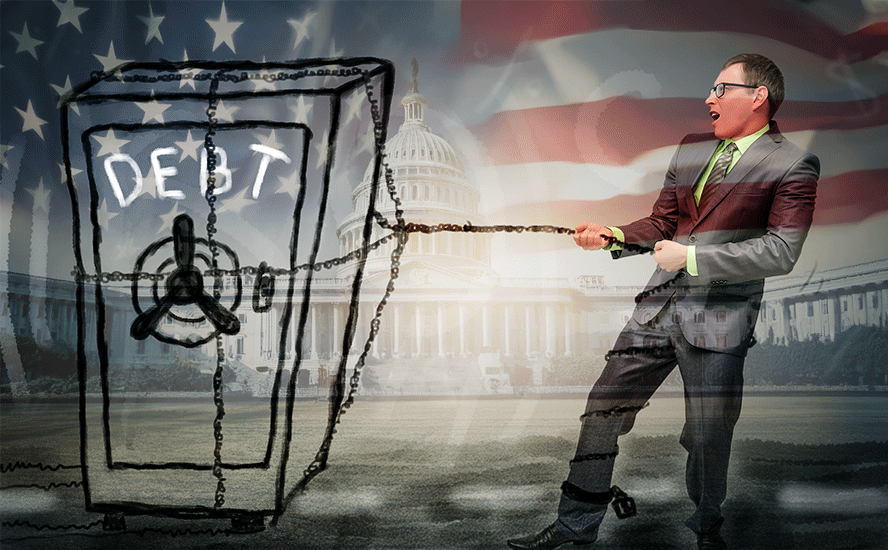

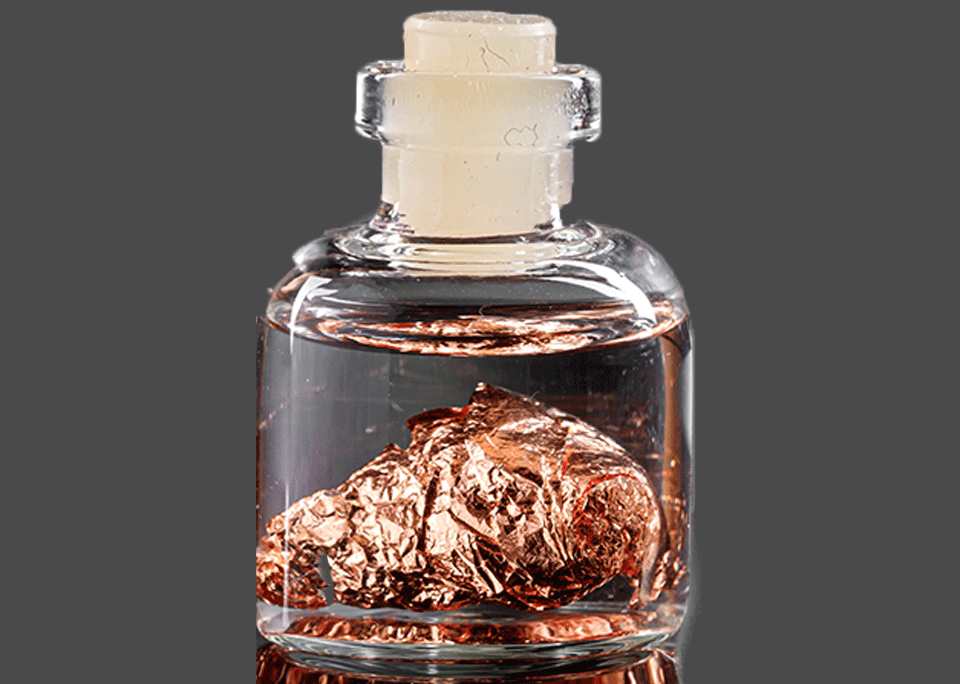






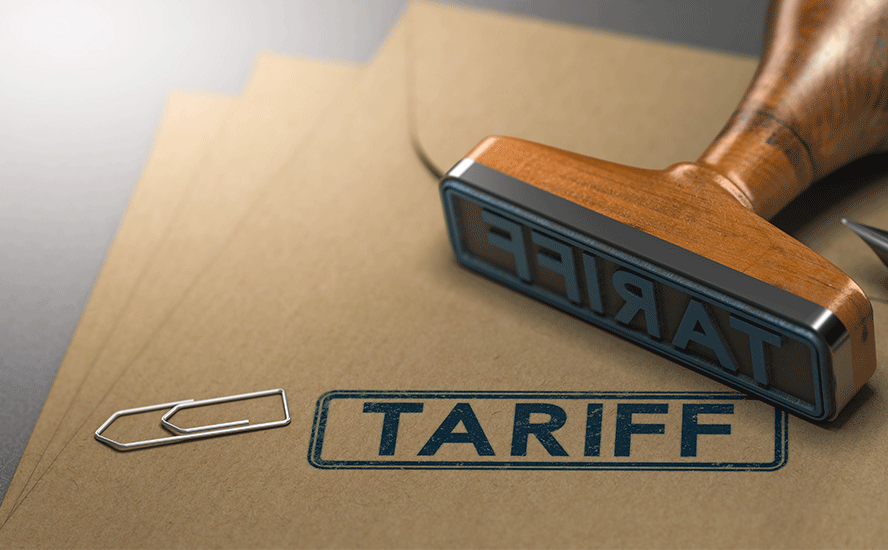


#clean-energy #EVs.#InflationReductionAct #infrastructure #supplychain #electriccars #criticalminerals
Rick you know more than I do about my country, and many other things.I haven’t really noticed many infrastructure projects, not many want electric vehicles, who wants a car that last approx 4 yrs and then needs $10’000+for new batteries, how do electric cars work in Canada in winter? solar farms,wind farms.How much mining damage to enviro. We need a new grid.Elec. doesn’t seem like the answer. Biden was a disaster, obviously has some problems. The last 4 have been a disaster. If Canadians want the WEF and the globalist NWO, have at it. It’s not about saving the planet, it’s about control, digital control, too many negatives to list
Excelente artículo. Explica derrota demócrata. La explicación, el fracaso de la agenda 20-30. los líderes del cambio geopolitico, Trump, Jinping, Putin y Modi, tiene nueva agenda sustentada en el nuevo ciclo de déficit solar. Que requiere de energia, alimentos y salud. mas energía atomica. Gracias